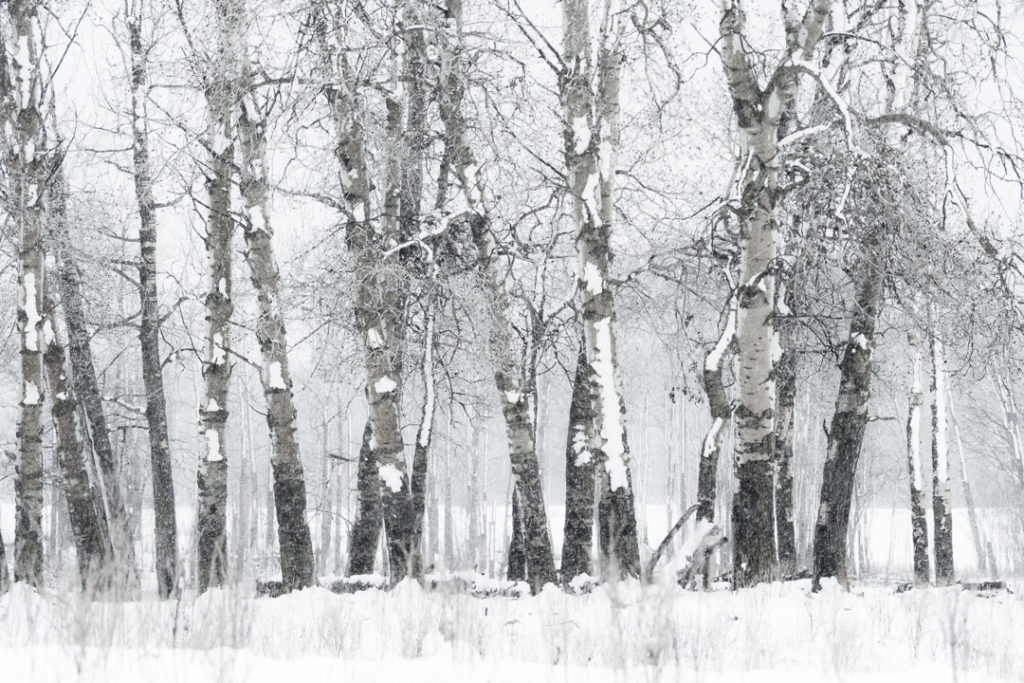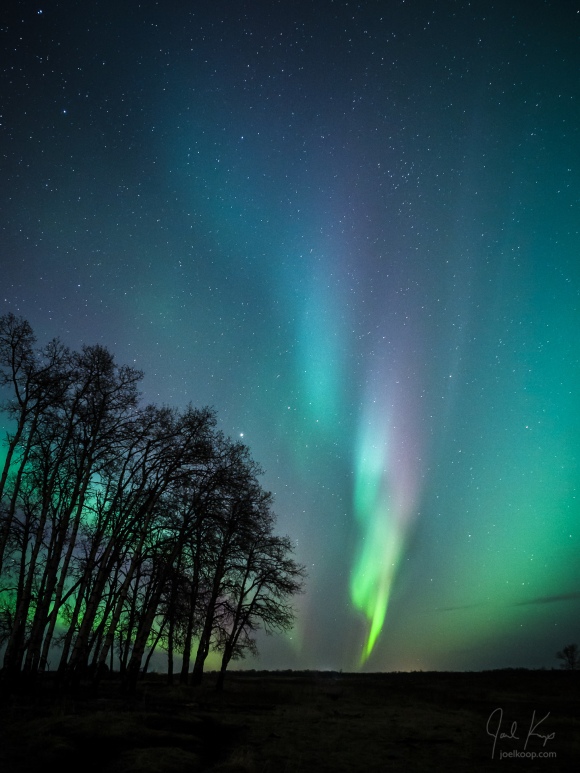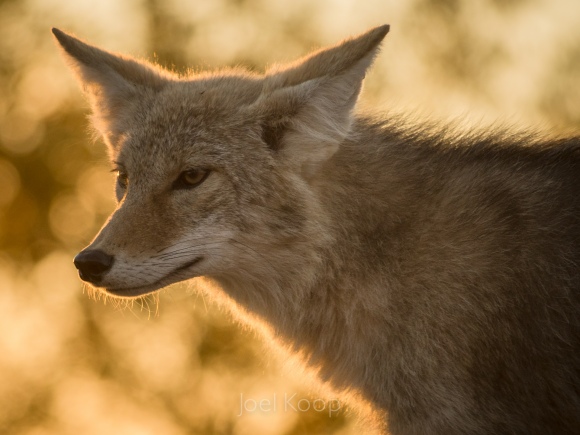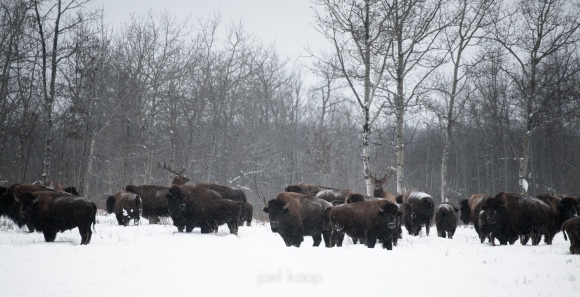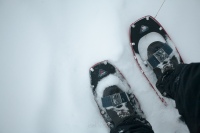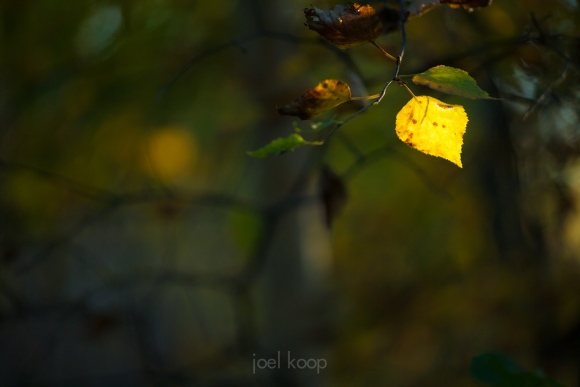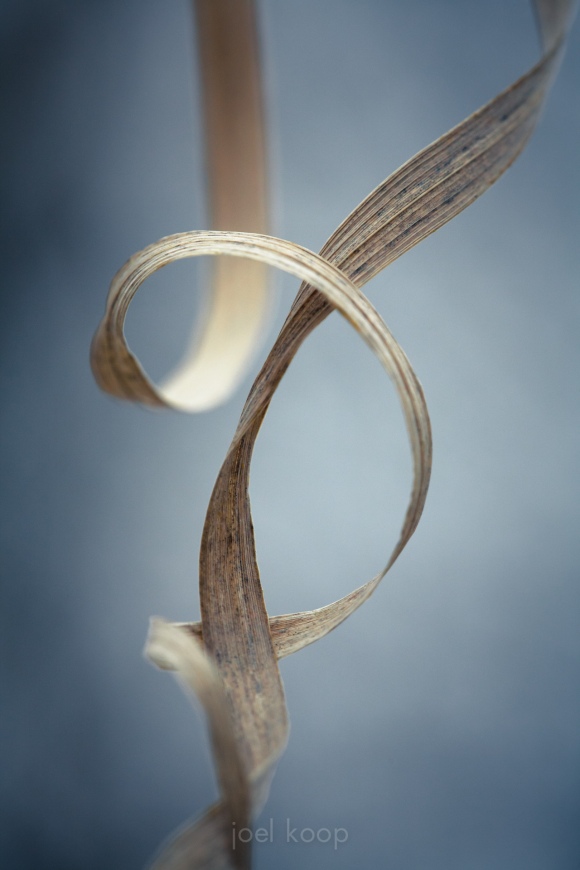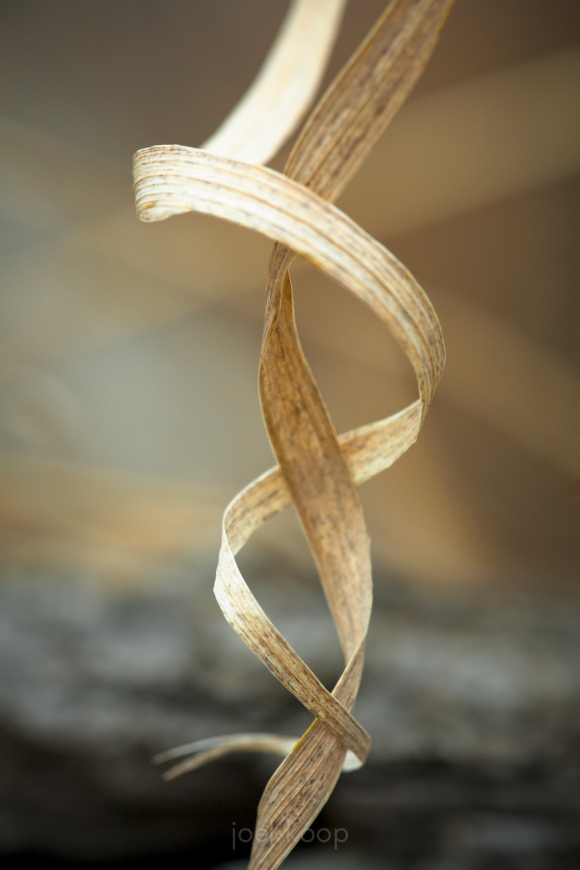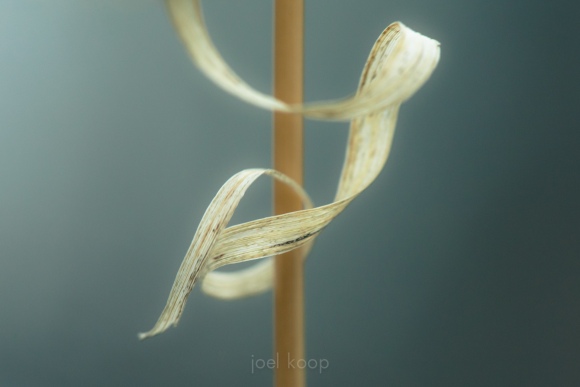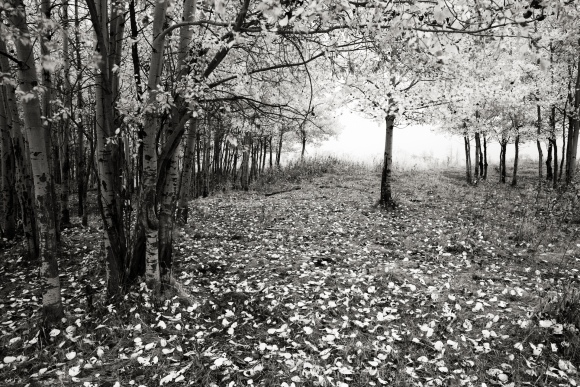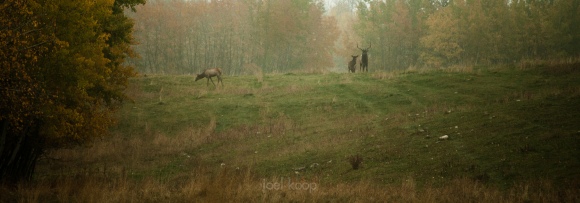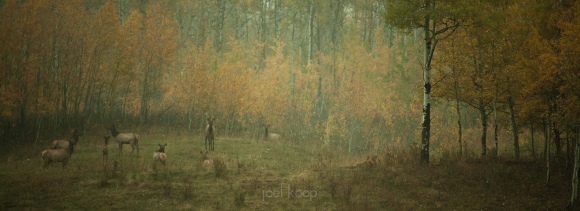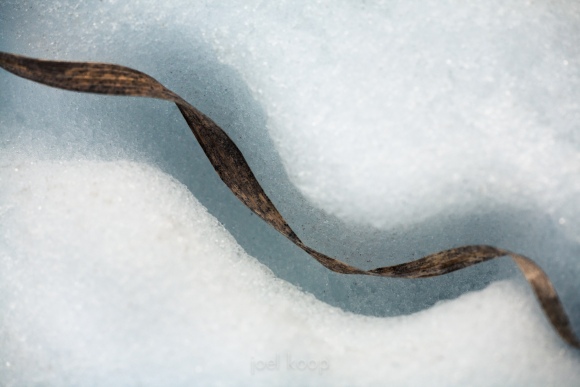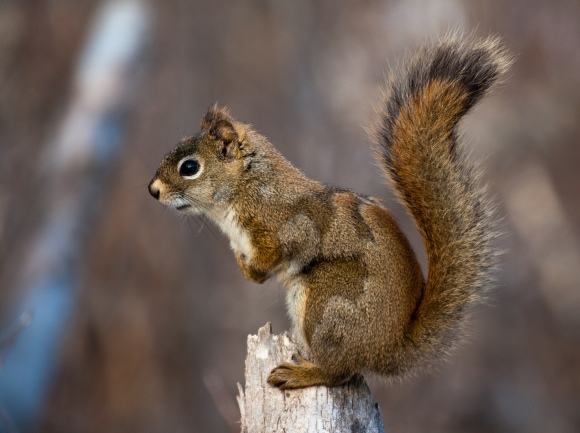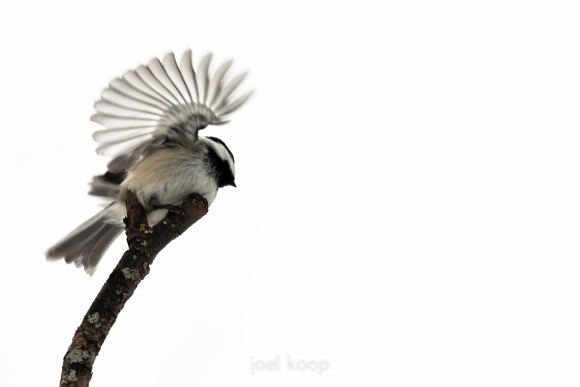Attention is contagious. I am more likely to pay attention to things you pay attention to. And so we have the power to affect what other people pay attention to, whether they agree or disagree with us.
This simple truth has helped me figure out my love/hate relationship with social media. I love directing people’s attention to nature – mostly I focus on the visual beauty with photography. But I also love the sounds of wind in the leaves and the birds singing. The smells of walking through wet autumn leaves or of pushing through a fir thicket. I love the feeling of the wind, sun, and rain. Social media lets me share bits of this. But at the same time as it lets me share, it takes the attention for itself. It is mixed in with a long feed of thousands of other companies and people all trying to get your attention, and all decided by algorithms that are designed to keep you engaged (often by infuriating you). It becomes a tool of advertising. It becomes a business opportunity for a multi-billion dollar corporation. It changes a wholesome thing into a competition – a measuring stick of your value against the value of others. It becomes a tiny bit of data on how long it grabs your attention so that they can get more effective at keeping your attention in the future. It takes an honest communication between people and shortens it, cheapens it, twists it just a tiny bit. It changes the context of an interaction, and context matters.
And so what is my response? Do I disengage? Delete my accounts? I often disappear from social media for months at a time. That is definitely not good for business, but it is good for my soul. But I often find myself coming back, because I like being able to draw people’s attention to nature. And I like the people I have connected with on these platforms. But I hate the platforms. So this is not a goodbye to social media, and it is also not a promise to keep posting. It is just a promise to try to engage with people honestly and deeply, when I can and in ways I am able to. And this rarely happens online for me.
One response is to guide trips in the wilderness. Being physically in a place surrounded by nature requires sustained attention and rewards it.
As a photographer, a self-serving response is physical prints. I recently installed a set of prints in a house and I got the rare (for me) chance to see my work in the context it will be. A physical print stays there. You can’t scroll to the next image. The place and the light keeps you company in the morning when you have coffee, and is still with you in the evening at supper. It becomes familiar and comforting. You actually have time to develop a response to an image and have coherent thoughts about that response.
So I want to draw your attention to nature. But I also want to draw your attention to yourself and your relationship with it, and that takes more time and attention than social media is willing to give you.
I’ve been reading “How to do Nothing” by Jenny Odell, which is fantastic and is prompting many thoughts, including this post.
